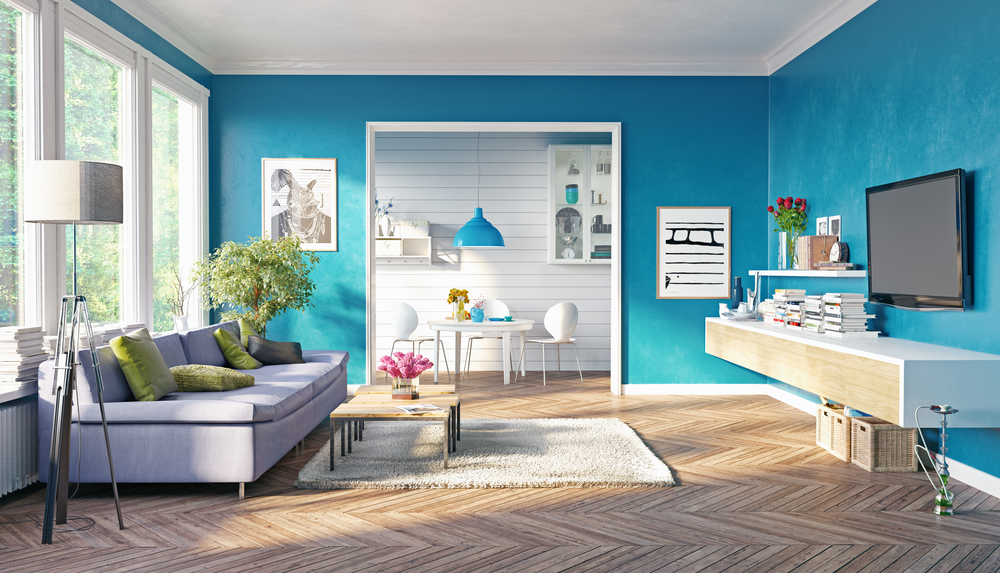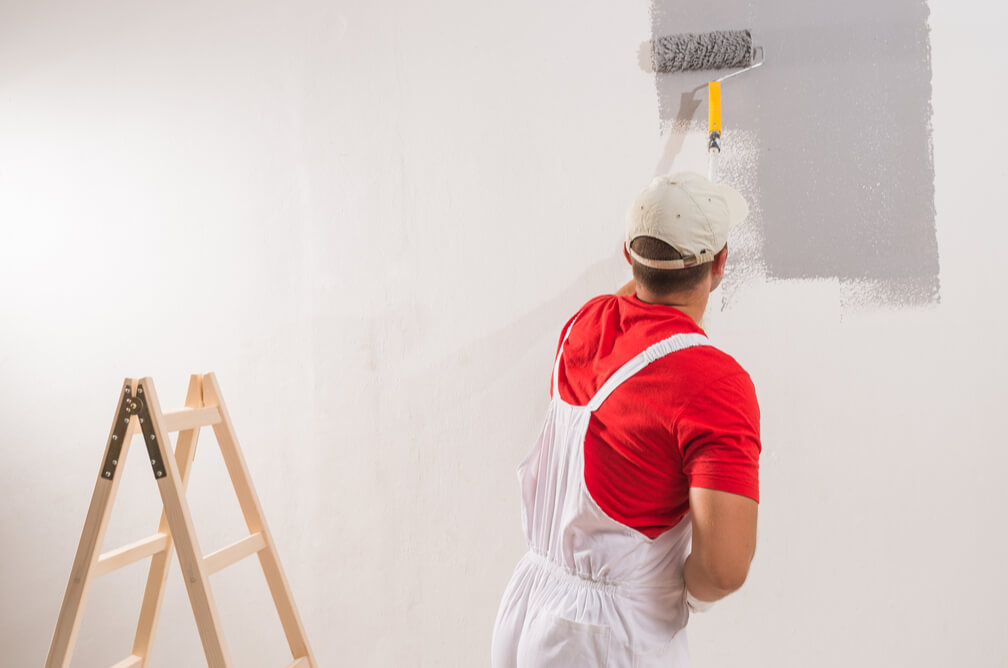Color Consultation in Lakewood: Expert Advice for Perfectly Coordinated Interiors
Color Consultation in Lakewood: Expert Advice for Perfectly Coordinated Interiors
Blog Article
Enhance Your Interior Decoration With Comprehensive Shade Assessment
The combination of shade consultation into interior style offers an unique chance to fine-tune and boost the emotional and aesthetic resonance of an area. By engaging with an experienced shade professional, you can browse the complexities of color selection, guaranteeing that your options not only complement building functions yet additionally reverberate with individual design and emotional influence. This critical collaboration can significantly influence the overall atmosphere of your environment, fostering a sense of consistency and objective. Comprehending the nuances of this process is essential-- what key facets should be taken into consideration to accomplish ideal results?
Benefits of Shade Assessment

In addition, color assessment aids in making best use of all-natural light and optimizing spatial perception. Lighter shades can make a space show up even more large, while darker tones develop an intimate setup. Cleveland Metro Painting Specialists. This strategic application of color can considerably influence the general atmosphere of any type of indoor area
Furthermore, expert specialists have a comprehensive understanding of existing fads and ageless classics, guaranteeing that the chosen colors will stay attractive in time. This foresight can save clients from pricey redesigns in the future. Shade examination empowers customers by giving them with a clear vision and direction, fostering self-confidence in their style choices and inevitably leading to an extra gratifying and successful interior layout outcome.
Understanding Shade Psychology
The importance of shade psychology in interior design can not be overemphasized, as it explores the emotional and psychological results that various tones can evoke in people. Colors can affect mood, actions, and even performance, making them an important consideration in any kind of design task.
As an example, cozy colors such as red, orange, and yellow are commonly related to power and warmth. They can promote sensations of exhilaration and comfort, making them ideal for social spaces like living kitchen areas or rooms. On the other hand, cool colors like blue, environment-friendly, and purple tend to stimulate peace and peace, making them optimal for rooms or meditation areas.
In addition, the use of neutral tones can produce a well balanced setting by allowing the bolder colors to attract attention without overwhelming the senses. Comprehending these emotional influences allows developers to create spaces that not just look aesthetically pleasing however likewise advertise psychological well-being.
Incorporating color psychology into indoor layout entails a thoughtful selection of hues tailored to the designated feature of each area, inevitably boosting the overall experience for its occupants. This awareness is vital for attaining a unified and useful indoor setting.
The Shade Wheel Explained
It makes up primary shades-- red, blue, and yellow-- that can not be produced by mixing various other shades. Tertiary colors result from blending a main and a secondary shade, leading to colors such as blue-green and red-orange.
The shade wheel assists developers realize the connections in between colors, including complementary, comparable, and triadic plans. Corresponding colors, located opposite each other on the wheel, develop dynamic contrasts that can invigorate a space.
Using the shade wheel in interior style not just enhances visual allure but likewise stimulates particular feelings and ambiences, making it an important referral for color examination. Recognizing these relationships eventually encourages developers to create spaces that are both visually fascinating and practical.
Picking the Right Scheme
Frequently, choosing the ideal scheme is a decisive element in accomplishing an effective interior decoration task. An appropriate color design can unify a space, enhance its functions, and evoke wanted feelings. To start, consider the purpose of the room. Different spaces serve varied functions and require palettes that reflect their intended usage; as an example, tranquil shades such as soft blues or environment-friendlies function well in rooms, advertising leisure.
Light can substantially change how shades appear, so it is crucial to examine the room at various times of the day. An unified palette needs to match these attributes, producing a natural look throughout more info here the room.
When choosing shades, use the 60-30-10 rule, which recommends that 60% of the space must be a dominant color, 30% a second color, and 10% an accent shade. This ratio makes certain balance and aesthetic interest (Cleveland Metro Painting Specialists). Lastly, example colors on the wall surfaces prior to dedicating, as this permits you to see how the colors interact with each other and the total atmosphere they develop in your interior decoration task.
Collaborating With a Shade Consultant

When collaborating with a shade specialist, the procedure normally starts with an initial consultation. Throughout this meeting, you'll discuss your vision, preferences, and the existing elements in your space. The consultant will certainly analyze your demands and might suggest certain color palettes that align with your objectives.
After developing a direction, the specialist will give examples and visual aids to aid you picture the suggested color design. This action is critical, as shades can appear differently under differing illumination conditions.
In addition, a shade specialist can guide you in picking corresponding furnishings, art work, and accessories to harmonize with your picked combination. By collaborating very closely, you can accomplish a refined visual that elevates your insides and produces a welcoming environment. Ultimately, the expertise of a shade consultant can dramatically improve the total effect of your design job.
Conclusion
In recap, comprehensive shade consultation offers as an my link important device for enhancing indoor design. By leveraging professional knowledge of color psychology and spatial dynamics, a customized shade combination can be created to evoke certain emotions and produce an unified environment. This calculated approach not only cultivates a cohesive style story yet likewise alleviates the risk of expensive redesigns. Inevitably, involving with a color expert makes certain an informed and visually pleasing end result, elevating the overall experience of the area.
By engaging with an experienced color expert, you can browse the intricacies of shade option, making sure that your choices not just complement architectural attributes however also resonate with individual style and mental impact. It consists of main colors-- red, blue, and yellow-- that can not be produced by blending other shades.The shade wheel helps developers grasp the connections in between colors, consisting of complementary, similar, and triadic systems.When picking shades, utilize the 60-30-10 rule, which recommends that 60% of the room need to be a leading color, 30% an additional shade, and 10% an accent color. By leveraging specialist knowledge of color psychology and spatial characteristics, a tailored color scheme can be created to evoke certain emotions and develop a harmonious setting.
Report this page